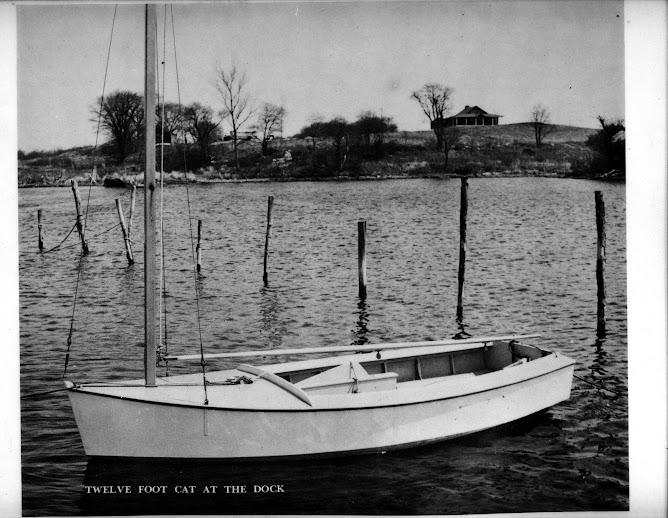I am figuring on only working a couple hours a day in the morning before the temperature gets really hot. It will take the whole two hours to cut the frames from the lumber but the blade is still sharp even after using it to build 3 other boats!
So, in anticipation of the frame construction, I ordered Silicone Bronze screws and Ring Nails today from Jamestown Distributors in Rhode Island. The silicone bronze resists salt water much better than regular brass or galvanized, which is what used to be used in the past. The ring nails are popular for wood boat building because once the are driven into the wood, they are the devil to get out.
Ring nails are used to secure house sub- flooring so that the floor does not squeak.
The screws use a variation of the Philips head, the familiar cross on the top of the screw's head. It is called a Frearson head and requires its own special bit. If you try to use a standard Phillips screwdriver, you will "gall" the area where you insert the screwdriver tip, rendering it useless and nearly impossible to remove, destroying the $.35 screw in the process. I drive them into the wood using a bit brace to make sure I don't waste them. A bit brace is an old shipbuilder's tool and getting harder to find these days.
Bit Brace
It allows for better control of the torque you apply to the screw. You push your body against the round end to help push the lubricated screw into the already drilled pilot hole.
I also ordered a water resistant powdered glue that I will use to help make all my wood to wood attachments more secure. It is an older type of glue but nothing better, IMHO, has been invented for boat building. It gets mixed with water in a very specific ratio to achieve its best consistency and adherence. More on that later.
My hope is to keep sharing some of what I have learned about building a wood sail boat. Progress should be steady so check back every week to see!

No comments:
Post a Comment